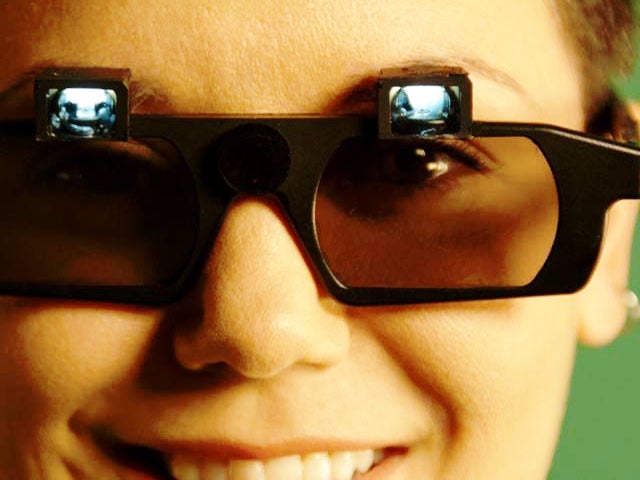Ex-Valve employees take castAR augmented reality system to Kickstarter
$400,000 is needed to make the Star Wars-inspired dream become a reality

It’s been a dream ever since R2-D2 and Chewbacca played holographic chess in Star Wars Episode IV: A New Hope all the way back in 1977. But now, 36 years later, two ex-Valve employees have taken to Kickstarter to provide the financial backing they need to bring their dream of augmented reality glasses to life.
Jeri Ellsworth, who was fired from Valve back in February, has teamed up with another ex-Valve employee, Rick Johnson, to form Technical Illusions and to create and develop their augmented reality system, castAR.
Yesterday (October 14), the pair took to Kickstarter in order to accumulate the funds they need to back the project. As of 11.30 UK time, October 15, $260,821 has been raised, meaning that Ellsworth and Johnson are already well over half way towards their $400,000 goal.
The castAR system is comprised of two main components: a pair of glasses, weighing in at around 100g, and a surface. The frame of the glasses is host to two tiny micro-projectors which cast a perspective view of a 3D image onto a highly reflective surface. Due to very little scattering of light from the surface, multiple people can view the projections all at once. A tiny camera on the glasses tracks the viewer’s head movements in relation to the physical world, adjusting the holographic scene accordingly.
And there’s no need to worry about those prone to motion sickness. Still being able to see the real world around the 3D projections allows your eyesight and inner ear – the part of your body responsible for balance and sensing motion – to stay in sync with your movement, preventing any nausea.
For those who want to take things one step further, there’s also a clip-on attachment available to take the glasses into true virtual reality mode. With virtual reality, users can experience a fully-immersive, computer-generated environment, as opposed to augmented reality which only projects 3D images onto the real-world environment.
“I’ve been in the videogame industry for over 20 years,” said co-innovator, Rick Johnson. “This is the first time where I’ve been able to see games portrayed in such a way
Subscribe to Independent Premium to bookmark this article
Want to bookmark your favourite articles and stories to read or reference later? Start your Independent Premium subscription today.

Join our commenting forum
Join thought-provoking conversations, follow other Independent readers and see their replies